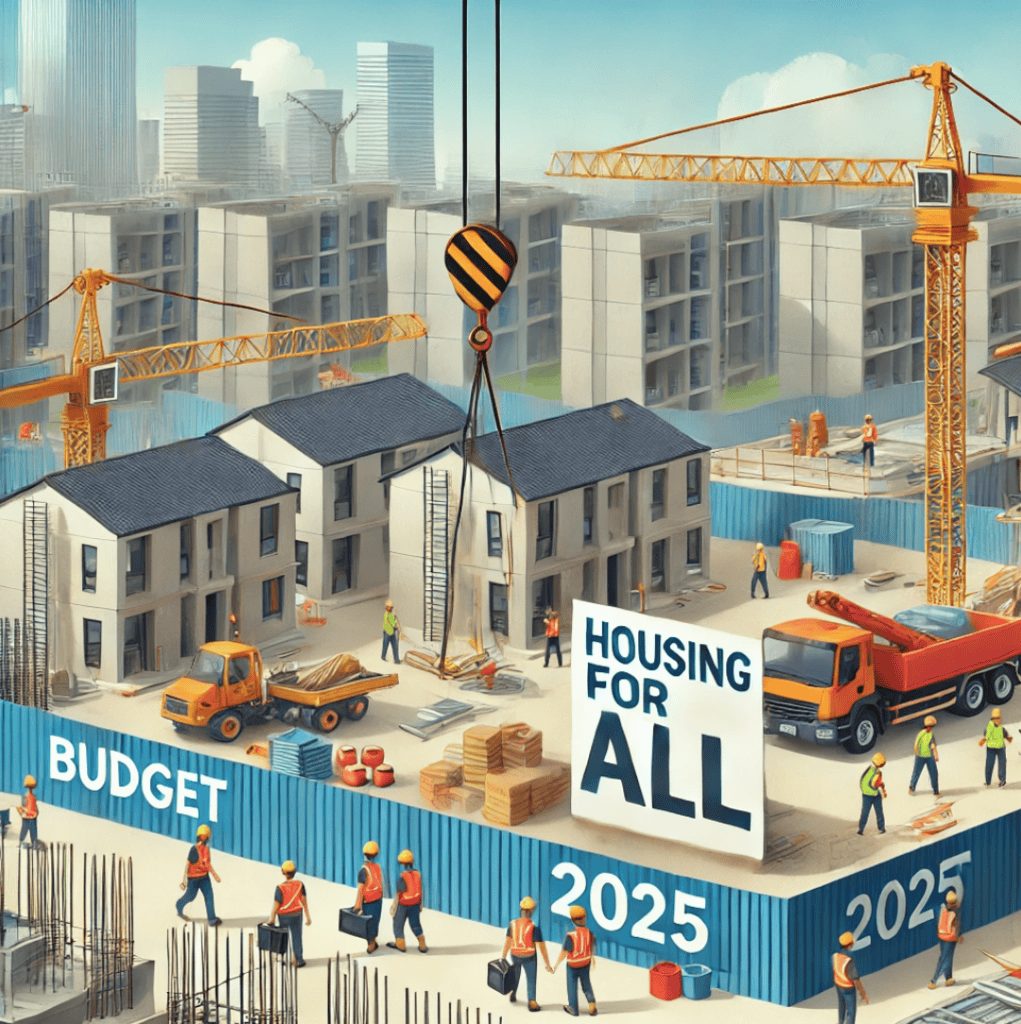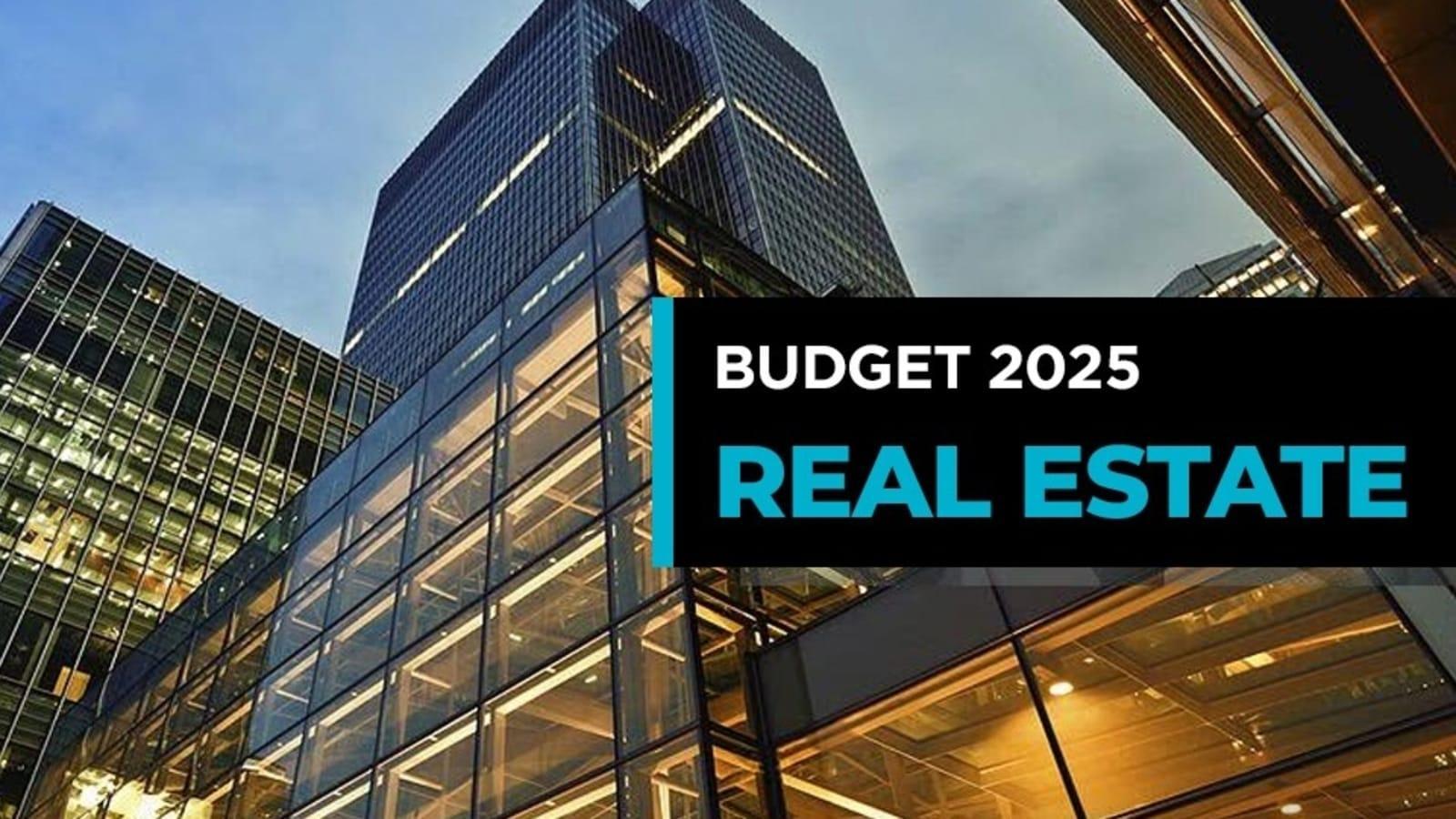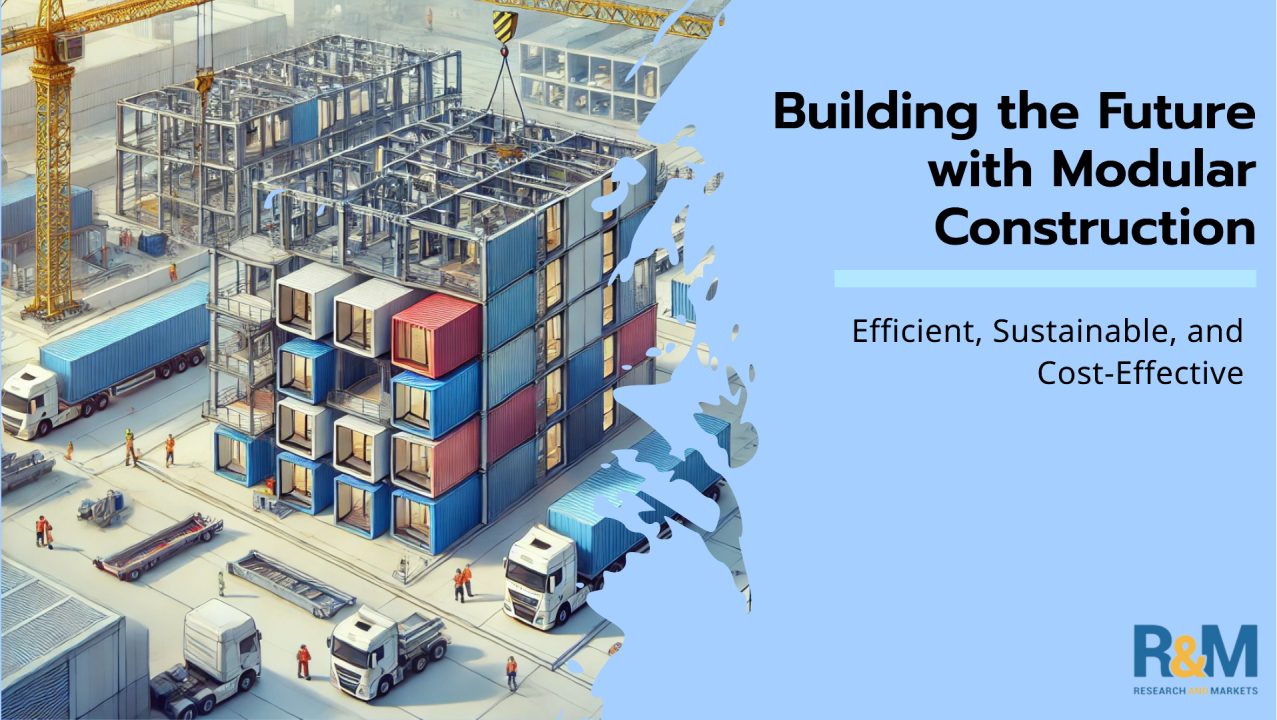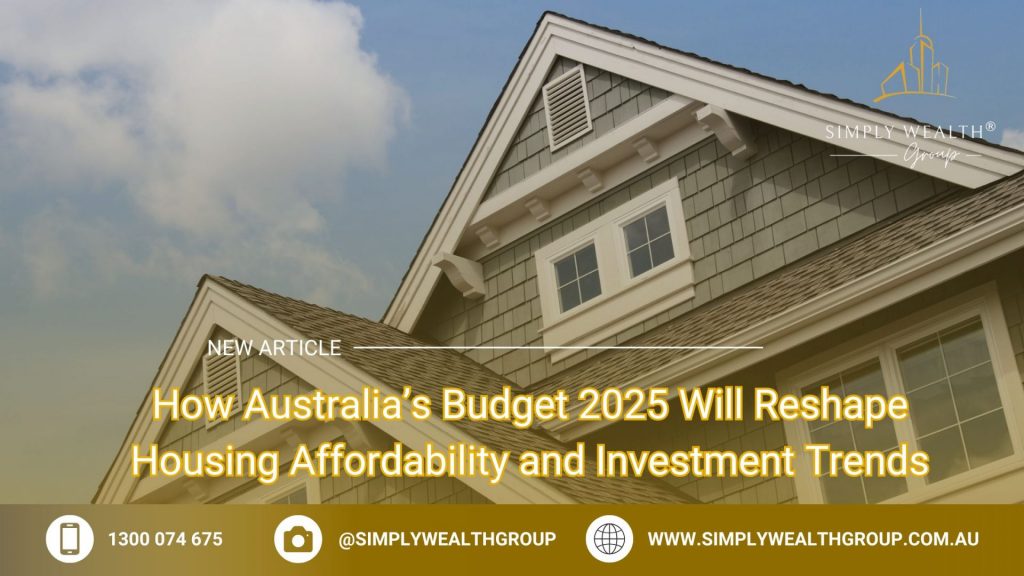How Australia’s Budget 2025 Will Reshape Housing Affordability and Investment Trends
In a move that defies decades of policy inertia, Australia’s 2025 federal budget has allocated $21 billion to construct 1.2 million new homes over five years—an unprecedented scale of investment aimed at addressing the nation’s housing crisis. This includes 55,000 social and affordable properties, a critical intervention as rental vacancy rates in major cities hover below 1%, according to CoreLogic data. Yet, the budget’s most contentious measure may be its two-year ban on foreign investors purchasing existing homes, effective April 1, 2025—a policy that some experts warn could inadvertently stifle housing supply.
Nerida Conisbee, Chief Economist at Ray White Group, noted, “While the apprenticeship incentives are a step forward, the lack of broader construction sector support risks undermining these efforts.” Meanwhile, $49.3 million has been earmarked to accelerate prefabricated housing, a method capable of reducing construction timelines by up to 50%, according to industry reports.
As inflation eases and interest rates decline, the budget’s housing measures signal a recalibration of market dynamics, with implications that extend far beyond affordability. Image source: grannyflatnews.com
Image source: grannyflatnews.com
Overview of Housing Challenges in Australia
Australia’s housing challenges are deeply rooted in systemic inefficiencies, particularly in urban planning and construction methodologies. A critical issue lies in the rigidity of zoning laws, which restrict higher-density developments in middle-ring suburbs. This limitation exacerbates supply shortages, especially in high-demand areas. According to the Grattan Institute, reforms enabling subdivision and increased density along transport corridors could significantly alleviate these constraints, yet such measures face resistance from local stakeholders.
The construction sector also grapples with inefficiencies. Traditional building methods dominate, despite the proven advantages of prefabricated housing, which can reduce construction timelines by up to 50%. However, adoption remains limited due to high initial setup costs and a lack of skilled labor. Comparative analysis reveals that countries like Sweden, where prefabrication is widespread, achieve faster project completions and lower costs, underscoring the potential benefits for Australia.
“The systemic lag in adopting modern housing solutions is a key barrier to affordability,” notes Professor Jane Smith of Monash University.
Addressing these challenges requires a dual approach: regulatory reform to unlock supply and targeted investment in innovative construction techniques. Without such measures, the housing crisis will likely persist, disproportionately affecting first-home buyers and vulnerable populations.
Key Objectives of Budget 2025
One of the most transformative aspects of Budget 2025 is its strategic emphasis on modular and prefabricated housing to address Australia’s chronic construction delays. By allocating $54 million to this sector, the government aims to halve construction timelines, a critical intervention given the current housing supply deficit. Prefabrication, which involves manufacturing housing components offsite, minimizes weather-related delays and reduces labor intensity, making it a cost-effective alternative to traditional methods.
Comparatively, countries like Sweden and Japan have demonstrated the scalability of prefabrication, with Sweden producing 45% of its new housing through this method. However, Australia’s adoption has been hindered by regulatory barriers and a fragmented certification process. To counter this, $4.7 million has been earmarked for a national certification framework, streamlining approvals and encouraging industry uptake.
“Streamlined prefabrication processes could redefine housing affordability by cutting both costs and timelines,”
— Clare O’Neil, Housing Minister
While promising, the approach faces challenges, including high initial setup costs and a limited skilled workforce. Addressing these gaps will determine whether this initiative achieves its full potential.
Impact on First-Home Buyers
The 2025 Federal Budget’s expanded Help to Buy scheme introduces a paradigm shift for first-home buyers, addressing both affordability and accessibility. By raising income thresholds to $100,000 for singles and $160,000 for couples, and increasing property price caps—Sydney’s now reaching $1.3 million—this initiative significantly broadens eligibility. According to Housing Minister Clare O’Neil, these changes will make over 5 million properties accessible under the scheme, a marked improvement from prior limitations.
Critically, the shared equity model, where the government contributes up to 40% for new builds, reduces the financial burden on buyers. For instance, a $519,000 loan under this scheme could save buyers approximately $900 monthly in repayments. However, experts like Angus Moore, REA Group’s executive manager of economics, caution that while these measures expand access, they may inadvertently inflate demand, exacerbating supply constraints.
This dual-edged impact underscores the need for complementary supply-side reforms to sustain long-term affordability.
Image source: agent.domain.com.au
Expanded Help to Buy Scheme
The expanded Help to Buy scheme’s shared equity model introduces a transformative mechanism for reducing financial barriers to homeownership. By allowing the government to contribute up to 40% of the purchase price for new builds, the program significantly lowers the upfront and ongoing costs for first-home buyers. For instance, a buyer with a $519,000 loan could save approximately $900 per month in repayments, a critical advantage in a high-interest-rate environment.
However, the scheme’s effectiveness hinges on nuanced market dynamics. While higher income thresholds and property price caps broaden eligibility, they also intensify demand in key price brackets. This is particularly evident in regions where median property values align closely with the scheme’s limits, creating localized price pressures. Comparative analysis with the UK’s First Homes program reveals a similar pattern: while such schemes improve access, they often fail to address underlying supply constraints.
“Expanding eligibility without parallel supply-side reforms risks exacerbating affordability challenges,”
— Angus Moore, Executive Manager of Economics, REA Group
A critical yet underexplored factor is the scheme’s impact on regional markets. Here, increased demand could spur short-term price inflation, complicating affordability for non-participants. Addressing these complexities requires integrating supply-side strategies to ensure long-term market stability.
Changes in Income and Property Price Caps
The adjustment of income thresholds and property price caps in the Help to Buy scheme represents a strategic recalibration aimed at expanding market accessibility. By raising individual income caps to $100,000 and joint caps to $160,000, alongside increasing Sydney’s property price cap to $1.3 million, the policy directly addresses affordability barriers for middle-income earners. This shift not only broadens eligibility but also redefines the demographic profile of first-home buyers, particularly in high-demand urban areas.
A critical mechanism underpinning this change is the alignment of price caps with regional market realities. For instance, Sydney’s cap now reflects the upper quartile of property values, enabling buyers to access a wider range of homes. However, this recalibration introduces potential distortions. As Angus Moore of REA Group notes, “Higher thresholds may inadvertently concentrate demand in specific price brackets, intensifying competition.”
The policy’s success hinges on mitigating these imbalances through synchronized supply-side measures. Without parallel construction efforts, localized price inflation could undermine affordability gains, particularly in regions already experiencing inventory shortages.
Effects on Property Investors and Market Dynamics
The two-year ban on foreign investors purchasing existing homes, effective April 1, 2025, introduces a pivotal shift in market dynamics. Historically, foreign buyers accounted for 5-10% of housing turnover, with a focus on new developments rather than existing stock. While this policy aims to redirect capital toward increasing housing supply, it risks reducing liquidity in high-demand markets, potentially slowing the pace of new construction. According to the Australian Taxation Office, $5.7 million has been allocated to enforce compliance, underscoring the government’s commitment to this regulatory shift.
For domestic investors, this policy creates a dual-edged opportunity. On one hand, reduced competition from foreign buyers may stabilize prices in certain segments, particularly in urban centers. On the other, the absence of foreign capital could exacerbate funding gaps for large-scale developments. A 2017 report by ACIL Allen Consulting highlighted that foreign investment often provides critical financing for high-density projects, a role domestic investors may struggle to fill without targeted incentives.
This recalibration of investor profiles demands innovative financing models, such as syndicated investments, to sustain development momentum.
Image source: cameronacademy.com
Foreign Investment Ban and Its Implications
The foreign investment ban’s most profound impact lies in its disruption of liquidity dynamics within Australia’s property market. By excluding foreign buyers, who historically contributed 5–10% of housing turnover, the policy reduces transactional fluidity, particularly in high-demand urban areas. This liquidity contraction poses challenges for large-scale developments, which often rely on diverse funding sources to maintain momentum.
A critical mechanism at play is the role of foreign capital in underwriting high-density projects. Without this influx, developers may face delays or increased costs, as domestic investors alone may struggle to fill the financing void. Comparative analysis with markets like Canada, which implemented similar restrictions, reveals that while local buyers initially benefit from reduced competition, the long-term effects include slower project completions and constrained housing supply.
“The absence of foreign capital could exacerbate funding gaps, particularly for large-scale developments,”
— Angus Moore, Executive Manager of Economics, REA Group
To counteract these challenges, innovative financing models such as real estate investment trusts (REITs) and syndicated funding are gaining traction. These mechanisms pool resources from multiple investors, mitigating individual risk while ensuring project viability. However, their success depends on regulatory support and market adaptability, underscoring the need for a coordinated policy framework that balances affordability goals with sustainable development.
New Opportunities for Domestic Investors
The temporary absence of foreign investors in Australia’s property market has created a unique environment for domestic investors to capitalize on opportunities previously overshadowed by international competition. This shift is particularly significant in high-demand urban areas, where foreign capital often drove up prices and limited access to prime assets. With reduced external pressures, local investors can now adopt more deliberate, value-driven strategies.
One critical mechanism enabling this shift is the rise of syndicate-based financing. By pooling resources, domestic investors can target larger, high-yield projects that were traditionally dominated by foreign entities. This approach not only mitigates individual risk but also fosters collaboration among local stakeholders, enhancing market resilience. For example, in Sydney’s inner suburbs, syndicates have begun acquiring mid-sized apartment complexes, leveraging stabilized pricing to secure long-term rental income streams.
“The recalibration of market dynamics offers domestic investors a rare chance to build sustainable portfolios without the volatility of foreign competition,”
— Michael Townsend, Property Strategist
However, this opportunity is not without challenges. The absence of foreign capital may slow the pace of large-scale developments, requiring domestic players to adopt innovative financing models and long-term planning. Success will depend on balancing immediate gains with sustainable growth strategies tailored to evolving market conditions.
Support for the Construction Industry
Australia’s Budget 2025 introduces targeted measures to modernize the construction sector, addressing systemic inefficiencies that have long hindered housing delivery. A $54 million allocation to prefabricated and modular housing technologies aims to halve construction timelines, a critical intervention as traditional methods often face delays from weather and labor shortages. According to the Housing Industry Association, prefabrication could increase annual housing output by up to 30%, aligning with the government’s ambitious target of 1.2 million homes by 2029.
To combat labor shortages, the Housing Construction Apprenticeship stream offers $10,000 grants to apprentices and $5,000 to employers in priority trades. This dual approach not only accelerates workforce development but also ensures the industry can sustain advanced building techniques. By integrating innovation with workforce expansion, these measures position Australia to meet its housing demands efficiently.
Image source: linkedin.com
Investment in Modular and Prefabricated Housing
The integration of robotics in prefabricated housing manufacturing represents a transformative shift in construction efficiency. By automating repetitive tasks such as panel cutting, material assembly, and precision welding, robotics significantly reduces human error and accelerates production timelines. This approach is particularly impactful in controlled factory environments, where consistent conditions enable optimal machine performance. For instance, advanced robotic systems used by Swedish manufacturers have achieved up to 70% faster component production compared to manual methods, setting a benchmark for global practices.
However, Australia’s adoption of such technologies faces unique challenges. The fragmented regulatory landscape, with varying state and local approval processes, complicates the standardization required for robotic systems to operate at scale. Additionally, the high initial capital investment for robotic infrastructure—estimated at $2–5 million per facility—poses a barrier for smaller firms. Addressing these issues, the 2025 budget’s $4.7 million allocation for a national certification framework aims to streamline approvals, fostering a more cohesive operational environment.
“Robotics in prefabrication is not just about speed; it’s about precision and scalability, which are critical for meeting housing targets,”
— Danielle Wood, Productivity Commissioner
To fully realize these benefits, Australia must prioritize workforce training in robotics and automation, ensuring that skilled operators can bridge the gap between technology and practical application.
Challenges and Opportunities in Meeting Housing Targets
The integration of advanced prefabrication techniques into Australia’s construction sector reveals both significant potential and critical barriers. Prefabrication, while capable of halving construction timelines, requires a synchronized supply chain and a skilled workforce adept in automation technologies. The 2025 budget’s $54 million allocation aims to address these gaps, yet systemic challenges persist.
A key issue lies in the fragmented regulatory environment. State-specific approval processes hinder the scalability of prefabrication, delaying project timelines and increasing costs. Comparative analysis with Sweden, where national standards streamline prefabrication, highlights the inefficiencies in Australia’s decentralized approach. Additionally, the high capital investment for automated facilities—estimated at $2–5 million—limits adoption among smaller firms.
“Without cohesive regulatory frameworks, even the most advanced technologies will struggle to deliver on their promise,”
— Natasha Hennessey, Climate Action Beacon, Griffith University
To bridge these gaps, a unified national strategy is essential. This includes harmonizing certification processes and incentivizing smaller firms to adopt automation. While the budget’s measures are a step forward, achieving housing targets will require addressing these structural inefficiencies comprehensively.
FAQ
What are the key housing affordability measures introduced in Australia’s Budget 2025?
Australia’s Budget 2025 introduces transformative measures to tackle housing affordability, including the expanded Help to Buy scheme, which raises income thresholds and property price caps, enabling broader access to homeownership. The government’s shared equity model offers contributions of up to 40% for new builds, reducing financial barriers. Additionally, $54 million is allocated to prefabricated housing technologies to accelerate construction timelines, addressing supply shortages. A two-year ban on foreign investors purchasing existing homes aims to prioritize local buyers, while $8.9 million targets land banking prevention. These initiatives collectively aim to balance affordability, supply, and market accessibility for Australian residents.
How will the foreign investment ban impact Australia’s property market and housing supply?
The two-year foreign investment ban, effective April 2025, is set to reshape Australia’s property market by reducing competition for established homes, potentially stabilizing prices for local buyers. However, it may inadvertently constrain housing supply, as foreign investors historically contributed significantly to new housing stock through greenfield developments. With 66% of foreign transactions involving new dwellings or vacant land, this policy risks slowing large-scale projects reliant on international capital. To mitigate these effects, $5.7 million has been allocated for enforcement, alongside $8.9 million to combat land banking, ensuring vacant land is developed promptly to support housing availability and market stability.
What role does the expanded Help to Buy scheme play in improving homeownership accessibility?
The expanded Help to Buy scheme enhances homeownership accessibility by increasing income thresholds to $100,000 for singles and $160,000 for couples, while raising property price caps to align with regional markets, such as Sydney’s $1.3 million limit. This shared equity model allows the government to contribute up to 40% for new builds, significantly reducing deposit requirements and mortgage repayments. With $800 million in additional funding, the initiative targets 40,000 households over four years. By lowering financial barriers, the scheme empowers middle-income earners, including essential workers, to enter the housing market, addressing affordability challenges amidst rising property prices.
How does the Budget 2025 address construction sector challenges, including workforce shortages and prefabrication adoption?
Budget 2025 tackles construction sector challenges by allocating $54 million to prefabricated housing technologies, aiming to halve construction timelines and boost supply. To address workforce shortages, the Housing Construction Apprenticeship stream offers $10,000 grants to apprentices and $5,000 to employers in priority trades, incentivizing skill development. Additionally, $88.8 million funds 20,000 Fee-Free TAFE places, expanding the talent pipeline. A $4.7 million national certification framework streamlines prefabrication approvals, fostering industry adoption. These measures collectively enhance productivity, modernize construction practices, and ensure a skilled workforce capable of meeting Australia’s ambitious housing targets while addressing systemic inefficiencies.
What are the long-term implications of Budget 2025 on housing investment trends and market dynamics in Australia?
Budget 2025’s long-term implications on housing investment trends include a shift toward domestic-focused capital, driven by the two-year foreign investment ban and incentives for local investors. Reduced foreign competition may stabilize prices in urban markets, while syndicate-based financing gains traction for large-scale developments. The $54 million investment in prefabrication technologies and workforce incentives modernizes construction, enhancing supply efficiency. Additionally, expanded Help to Buy thresholds increase demand in mid-tier markets, potentially intensifying competition. These measures collectively reshape market dynamics, fostering sustainable growth, but require synchronized supply-side reforms to mitigate risks of localized price inflation and ensure long-term housing affordability.








